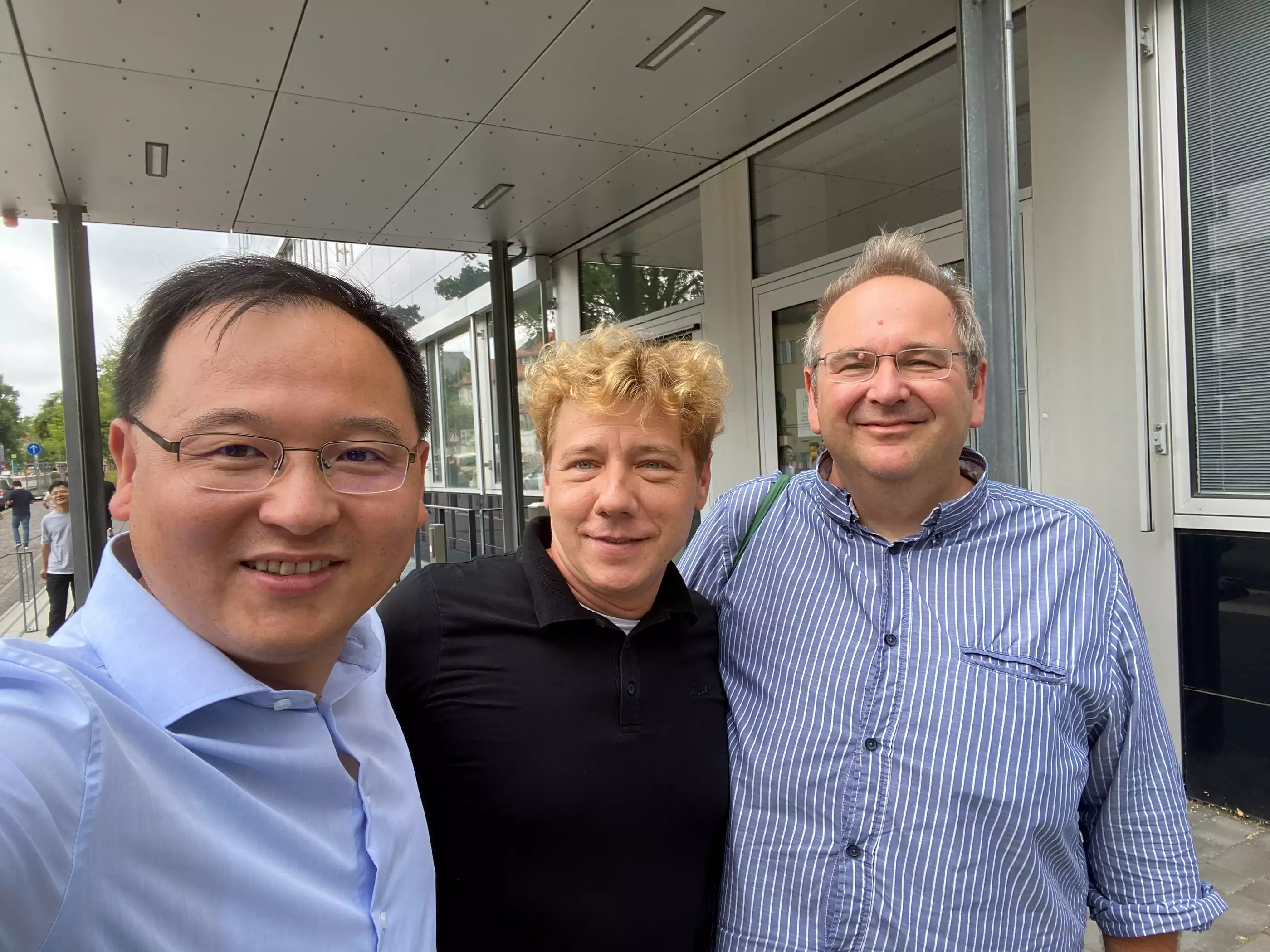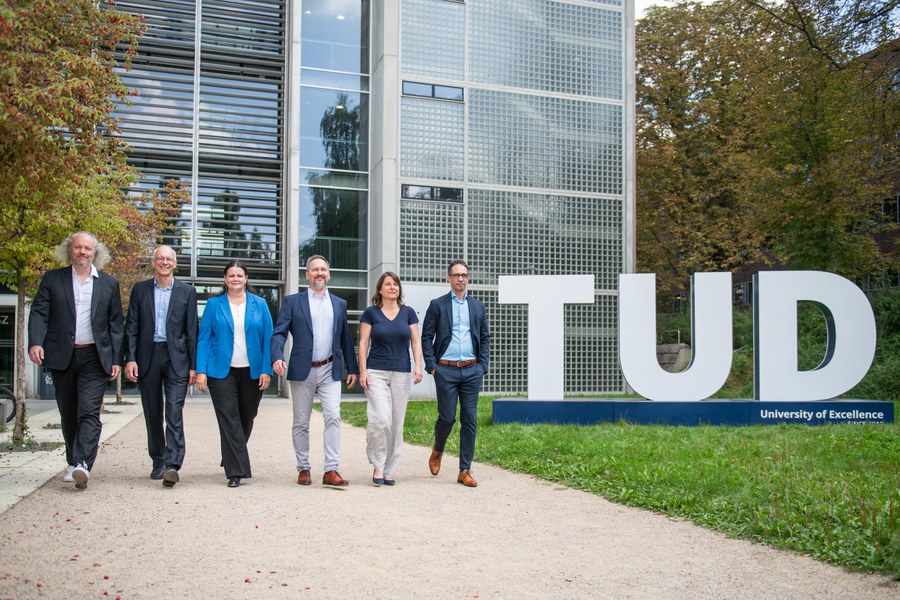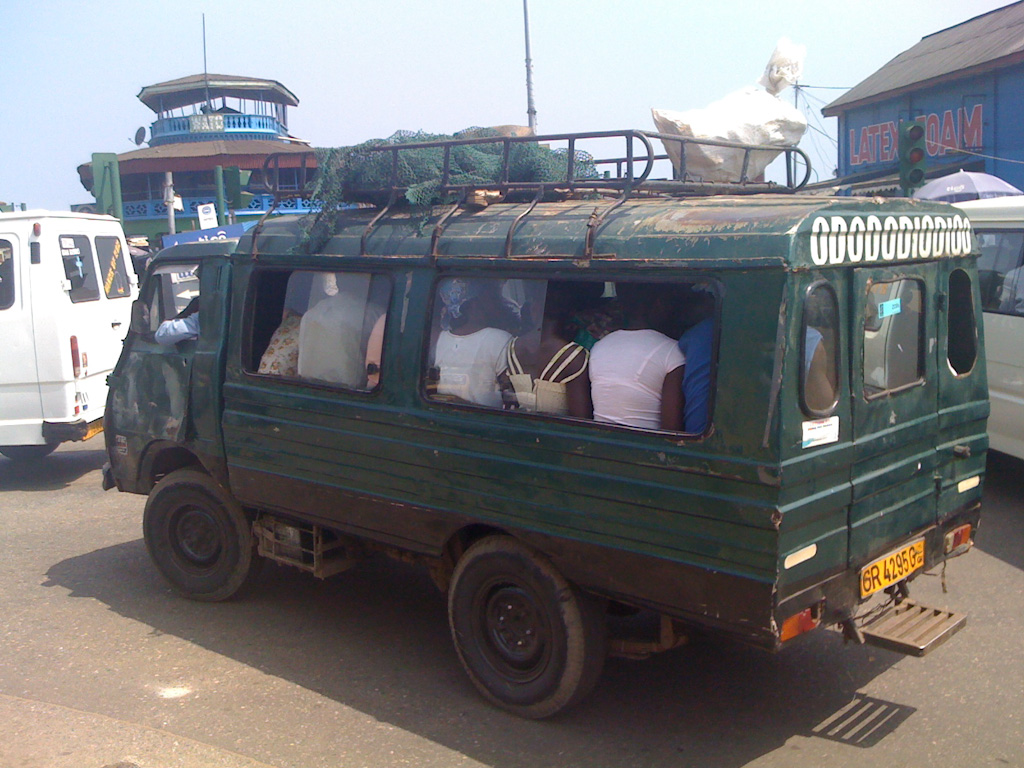Press Releases / Pressemitteilungen
DFG bewilligt zwei neue Sonderforschungsbereiche/Transregios mit TUD-Beteiligung
Pressemitteilung der TU Dresden, 25.11.2024
Published on in PRESS RELEASES

Read more … DFG bewilligt zwei neue Sonderforschungsbereiche/Transregios mit TUD-Beteiligung
Synergy Grant of the European Research Council: Research project 2DPolyMembrane receives 10 Million Euro
Scientists from the Max Planck Institute of Microstructure Physics in Halle, TUD Dresden University of Technology, and Leiden University receive the prestigious Synergy Grant of the European Research Council to work jointly on 2DPolymembrane.
Published on in PRESS RELEASES

TU Dresden aims to expand cutting-edge research and submits six full proposals for Clusters of Excellence
Press Release of TUD - Dresden University of Technology from Aug 23, 2024
Published on in PRESS RELEASES

Evidently Efficient: Self-organization of Informal Bus Lines in the Global South
Press release Tuesday, July 2, 2024, TUD Dresden University of Technology /// Center for Advancing Electronics Dresden (cfaed)
Published on in PRESS RELEASES

Read more … Evidently Efficient: Self-organization of Informal Bus Lines in the Global South
Branching Out: Understanding the Intricate Patterns of Diatom Silica Formation
Published on in PRESS RELEASES

Read more … Branching Out: Understanding the Intricate Patterns of Diatom Silica Formation
Page 2 of 31




